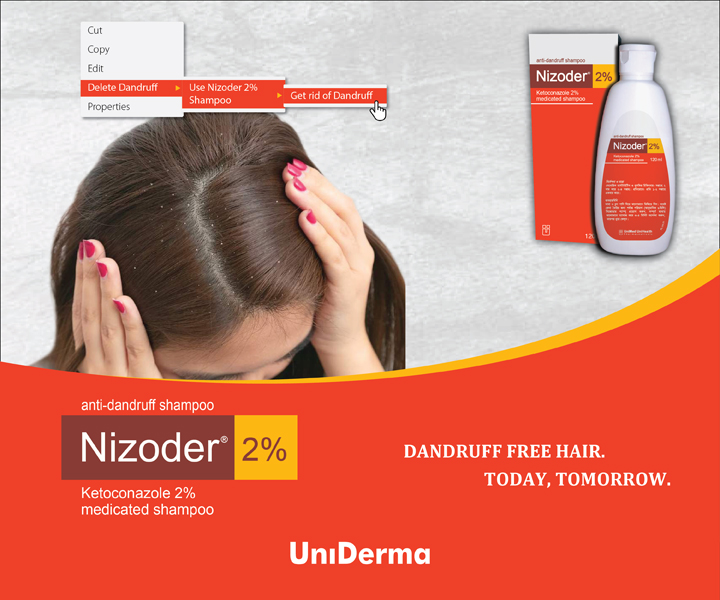An Overview of the Diagnosis and Management of Seborrheic Dermatitis
PubMed Central: Published
on August, 2022
TAKE HOME MESSAGE:
Seborrheic dermatitis (SD) is a
common chronic inflammatory skin disorder that mostly affects young adults in
areas rich in sebaceous glands (scalp, face, and trunk).
In adolescents and adults, SD
clinical presentation may range from mild patches to diffuse scalp scaling. In
infants, it mainly occurs on the scalp as yellowish, scaly patches (“cradle
cap”).
In adults, several environmental
triggers are likely to promote SD development, along with fungal colonization
by Malassezia spp., sebaceous gland activity, as well as
immunosuppression, endocrine, neurogenic and iatrogenic factors.
Diagnosis of SD is usually clinical
and specific laboratory and/or instrumental investigations are seldom required.
Diagnosis of SD is usually easily
made based on past history and typical clinical features. However, in selected
cases, especially in more severe and/or recurrent forms, blood tests to rule
out HIV infection, nutritional deficiencies, as well as dermatoscopy, useful to
identify other dermatoses (eg, psoriasis or tinea capitis), are recommended.
Nevertheless, the presence of
concomitant precipitating and/or aggravating factors, including
neurological/psychiatric disorders or iatrogenic factors, must always be
considered.
Because of its chronic relapsing
course, treatment of SD should be effective, but not aggressive. The
therapeutic approach should be selected according to the extension, severity,
and location of the disease. In order to achieve the best clinical outcome, it
is also important to consider patient’s age, immune status and response to previous
therapies, taking into account any concurrent disorders.
Treatment is aimed at modulating
sebum production, reducing skin colonization by Malassezia spp.,
and controlling inflammation.
SD of the Scalp in Adults: Topical Treatment
In adults, mild-to-moderate scalp SD forms can be managed with topical antifungals (ketoconazole, ciclopirox, miconazole) or antiinflammatory (mild-to-moderate potency corticosteroids) or keratolytic/humectant (propylene glycol) agents is strongly recommended.
SD of the Non-Scalp Area in Adults: Topical Treatment
The use of topical antifungal (ketoconazole, ciclopirox, clotrimazole) and antiinflammatory (desonide, hydrocortisone, lithium succinate/gluconate, topical pimecrolimus/tacrolimus) agents is strongly recommended for mild-to-moderate SD on face and/or body areas.
SD in Adults: Systemic Treatment in Severe and/or Resistant cases
Systemic antifungals (terbinafine,
itraconazole) are mainly indicated in acute and/or severe and/or resistant
adult SD forms, as well as in selected and difficult-to-treat conditions. as UVB phototherapy, may be considered.
In these cases, the goal of systemic approach is the prompt reduction of symptoms and the possibility to use topical agents as a maintenance therapy.
Conclusion:
SD patients should be advised that SD is a chronic disease
and therefore a complete resolution after topical or systemic therapy is a
difficult goal to achieve. Therefore, due to SD relapsing course, maintenance
treatment will often be necessary.
Finally, the role of environmental factors (cold, low
humidity, excessive sun exposure), physical/psychological stress, unhealthy
lifestyle (alcohol consumption), wrong or inadequate cosmetic use, that may
contribute to worsen SD, should also be considered.






Comments
You must login to write comment